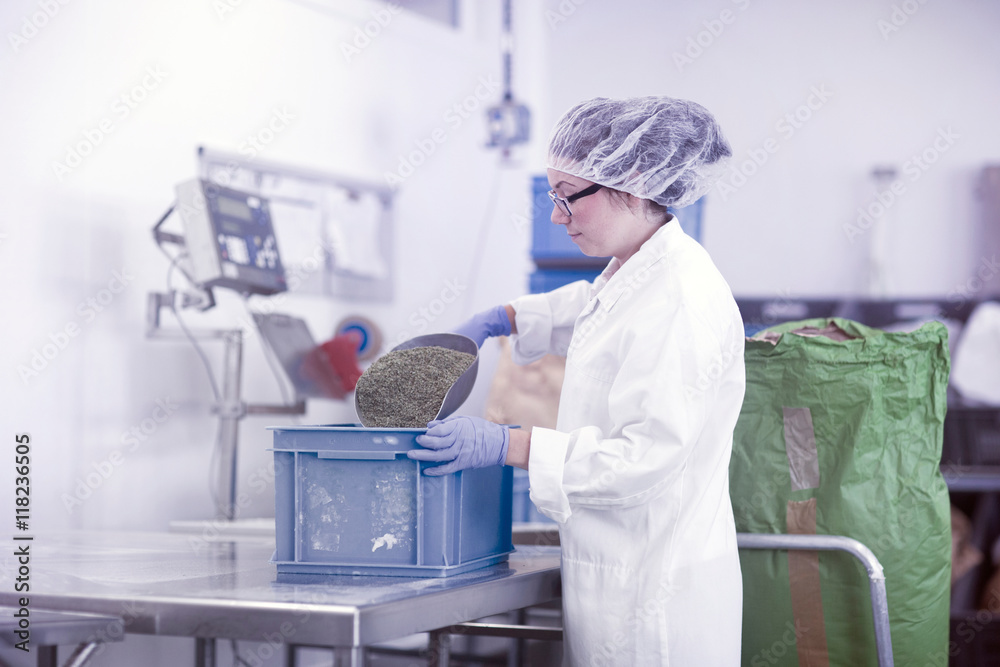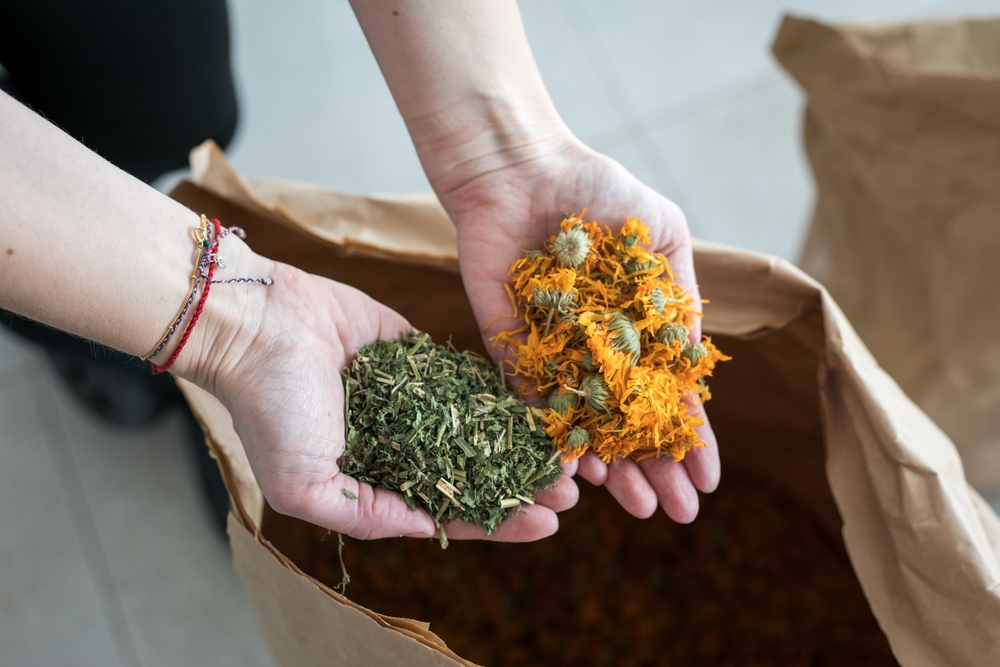Herbs have been an integral part of human culture and cuisine for millennia, valued for their medicinal properties, aromatic qualities, and culinary uses. With the increasing globalization of markets, the export of herbs has become a significant industry. Effective storage and preservation methods are crucial for maintaining the quality and potency of herbs during transport and storage. This essay explores various techniques and best practices for storing and preserving herbs to ensure they reach international markets in optimal condition.

Harvesting and Initial Handling
The preservation of herbs begins with proper harvesting. The timing of the harvest is critical; herbs should be collected at the peak of their potency, typically just before they flower. Harvesting during the early morning, when the essential oil content is highest, can enhance the quality of the herbs. Immediate post-harvest handling, including washing and sorting, is essential to remove dirt, insects, and damaged leaves.
Drying Techniques

Drying is the most common method of preserving herbs for export. It reduces the moisture content, preventing microbial growth and spoilage. There are several drying methods:
- Air Drying: This traditional method involves hanging herbs in bundles or spreading them on screens in a well-ventilated, shaded area. Air drying is energy-efficient but requires optimal conditions to prevent mold growth and color loss.
- Oven Drying: Suitable for small batches, herbs are dried in an oven at low temperatures (90-110°F or 32-43°C). This method is faster than air drying but can be energy-intensive and may affect the flavor and color of delicate herbs.
- Dehydrators: These machines provide controlled temperature and airflow, ensuring consistent drying. Dehydrators are ideal for large-scale operations, offering a balance between efficiency and quality preservation.
- Freeze Drying: This advanced method involves freezing the herbs and then reducing the surrounding pressure to allow the frozen water to sublimate directly from the solid to the gas phase. Freeze drying preserves the color, flavor, and nutritional content of the herbs exceptionally well but is costlier than other methods.
Packaging
Proper packaging is essential to protect dried herbs from moisture, light, air, and contamination. Several packaging materials and methods are used:
- Vacuum Sealing: Removing air from the package extends the shelf life of herbs by preventing oxidation and the growth of aerobic microorganisms. Vacuum-sealed bags made from moisture- and oxygen-barrier materials are commonly used.
- Foil Pouches: These provide excellent protection against light, moisture, and air. They are often used for high-value herbs that are sensitive to environmental conditions.
- Glass Jars and Plastic Containers: These are suitable for retail packaging but less common for bulk export due to their weight and fragility.
Storage Conditions
Maintaining optimal storage conditions is crucial for preserving the quality of dried herbs. Key factors include:
- Temperature: Cool, stable temperatures (around 60-70°F or 15-21°C) are ideal. High temperatures can degrade essential oils and other volatile compounds, reducing the herb’s potency and flavor.
- Humidity: Low humidity levels (below 60%) are essential to prevent mold growth and moisture absorption, which can lead to spoilage.
- Light: Exposure to light can degrade chlorophyll and essential oils, leading to color and flavor loss. Herbs should be stored in dark or opaque containers, or in a dark storage area.
- Air Quality: Good ventilation and minimal exposure to pollutants and strong odors are important to maintain the purity and aroma of the herbs.
Transportation
Exporting herbs involves transporting them over long distances, often across different climate zones. Ensuring that the herbs remain in optimal condition during transit requires:
- Temperature-Controlled Shipping: Refrigerated containers or trucks help maintain a stable temperature, reducing the risk of quality degradation due to heat.
- Humidity Control: Desiccants or humidity control packs can be used to maintain appropriate moisture levels inside shipping containers.
- Proper Handling: Minimizing physical damage during loading and unloading, and ensuring that packaging remains intact, are crucial to preventing contamination and spoilage.
Conclusion
Storing and preserving herbs for export is a complex process that requires careful attention to detail at every stage, from harvesting to packaging and transportation. By employing effective drying techniques, using appropriate packaging materials, maintaining optimal storage conditions, and ensuring proper handling during transportation, exporters can ensure that their herbs reach international markets in the best possible condition. These practices not only preserve the quality and potency of the herbs but also enhance their marketability, contributing to the growth and sustainability of the global herb industry.
